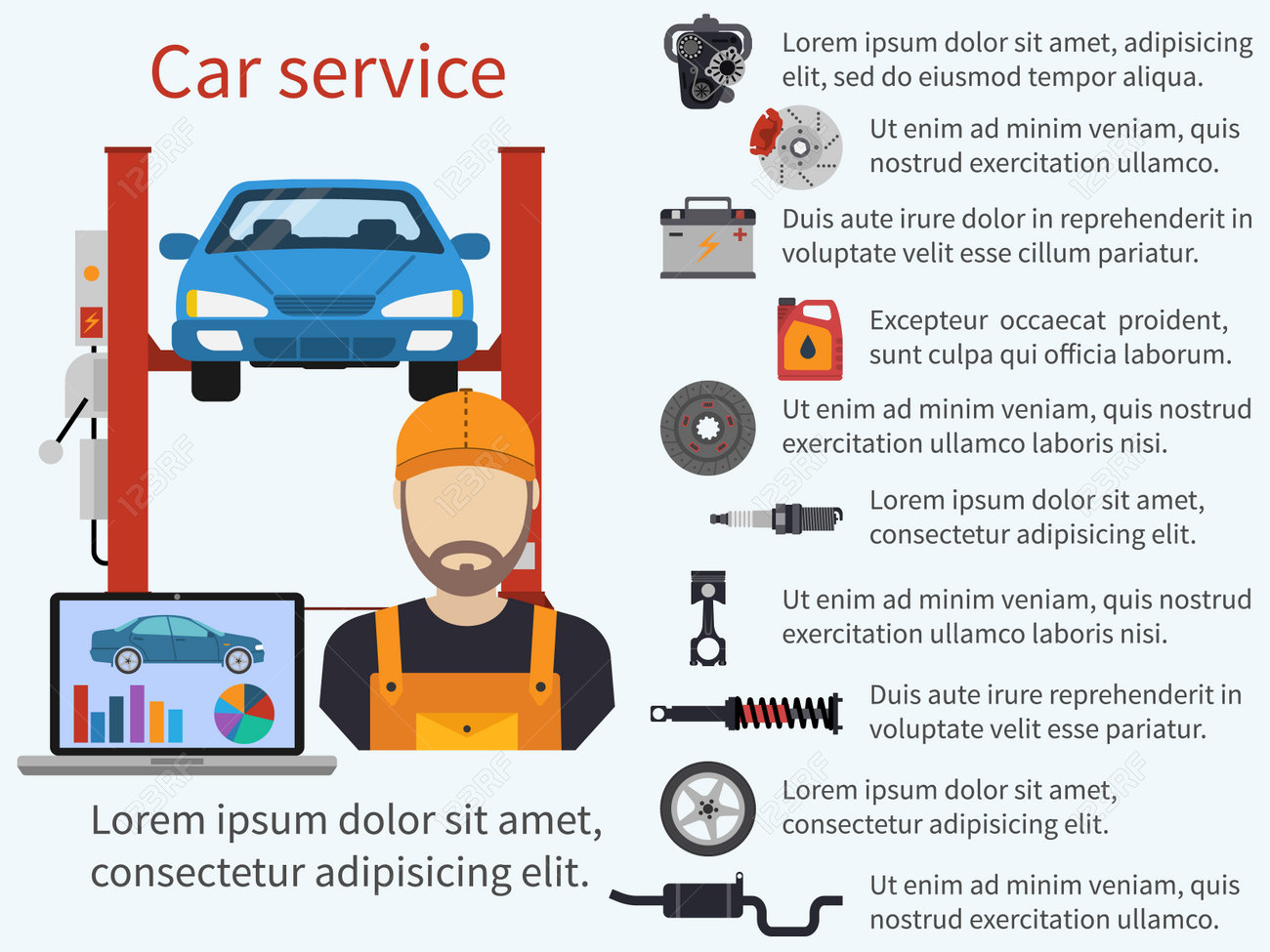A Beginner'S Manual For Grasping The Meaning Of Your Car'S Warning Signals
A Beginner'S Manual For Grasping The Meaning Of Your Car'S Warning Signals
Blog Article
Material Writer-Gunter Kemp
When you're behind the wheel, those little caution lights on your auto's control panel can be quite complicated. What do they mean, and should you be worried? Comprehending these signals is important for your automobile's health, but it does not have to be a complicated job. By decoding https://www.thedrive.com/news/russian-auto-industry-hit-so-hard-its-reviving-a-25-year-old-lada behind each light, you'll be outfitted to manage potential concerns properly and maintain your cars and truck running efficiently. So, following time a warning light flashes, do not panic - arm on your own with understanding and take control of the situation.
Relevance of Automobile Warning Lights
Recognizing the value of your auto's caution lights is essential for maintaining your vehicle's health and wellness. These lights work as your car's interaction system, alerting you to potential concerns that could threaten your security when traveling or result in pricey repair work if ignored. By focusing on these cautions, you can deal with troubles early and stop more damages to your car.
Neglecting cautioning lights can cause severe repercussions, such as engine failing, brake breakdowns, and even crashes. These lights are developed to inform you of issues varying from low tire pressure to engine breakdowns, providing you the possibility to act before the circumstance worsens. Frequently checking and recognizing these cautions can save you time, money, and ensure your safety and security while driving.
Along with maintaining you risk-free, responding immediately to warning lights can also help extend the lifespan of your cars and truck. By resolving issues beforehand, you can avoid small troubles from rising into major repairs, inevitably saving you money and time in the future. Remember, your automobile's warning lights are there for a factor - do not disregard them!
Common Warning Lighting and Meanings
When it comes to driving your vehicle, being aware of typical caution lights and their definitions is necessary for your security and lorry maintenance. https://milorngbv.ttblogs.com/9491151/distort-up-as-we-embark-on-a-journey-into-the-future-of-auto-mechanics-where-emerging-trends-are-redefining-the-sector-it-s-going-to-be-an-interesting-experience are a couple of typical warning lights you may encounter:
1. ** Inspect Engine Light **: This light shows a problem with your engine. https://alexiskgauo.blog-mall.com/30489735/prepare-to-protect-your-seat-belt-as-we-check-out-the-future-of-grease-monkey-where-advanced-fads-are-altering-the-landscape-of-the-market-hang-on-limited-for-a-fantastic-experience could be something small like a loosened gas cap or something much more serious like engine misfiring.
2. ** Battery Light **: This light signals an issue with your automobile's charging system. It can suggest a damaged battery, generator, or other associated components.
3. ** Oil Pressure Light **: When this light comes on, it implies your engine may be running low on oil or experiencing reduced oil stress, which can lead to engine damages if not dealt with without delay.
4. ** Brake System Light **: This light suggests a concern with your stopping system. It can imply low brake fluid degrees or an issue with the brake system that needs immediate attention.
Understanding these usual warning lights will certainly help you recognize possible issues beforehand and stop more substantial troubles later on.
Just how to React To Caution Lights
In the event that a warning light illuminates on your vehicle's control panel, it's critical to react promptly and appropriately. When a caution light begins, the first step is to consult your proprietor's manual to comprehend the details concern suggested by the light.
Some lights call for immediate focus, while others might indicate a much less immediate issue. If the caution light is red or flashing, it's normally an indicator of a significant problem that requires instant action. In such cases, it's recommended to pull over securely, shut off the engine, and seek expert aid.
For yellow or orange warning lights, while they might not require immediate focus, it's still crucial to resolve the hidden problem immediately to stop more damage. Normal maintenance and examination can help stop warning lights from beginning all of a sudden.
Final thought
Finally, comprehending your vehicle's warning lights is essential for maintaining your vehicle's health and wellness. By routinely inspecting and replying to these warnings, you can deal with prospective problems early and protect against pricey repairs or safety dangers. Remember to consult your owner's guidebook for info on various caution lights and always take immediate action for red or blinking lights. Remain brake repair kit and maintain your auto running smoothly!
